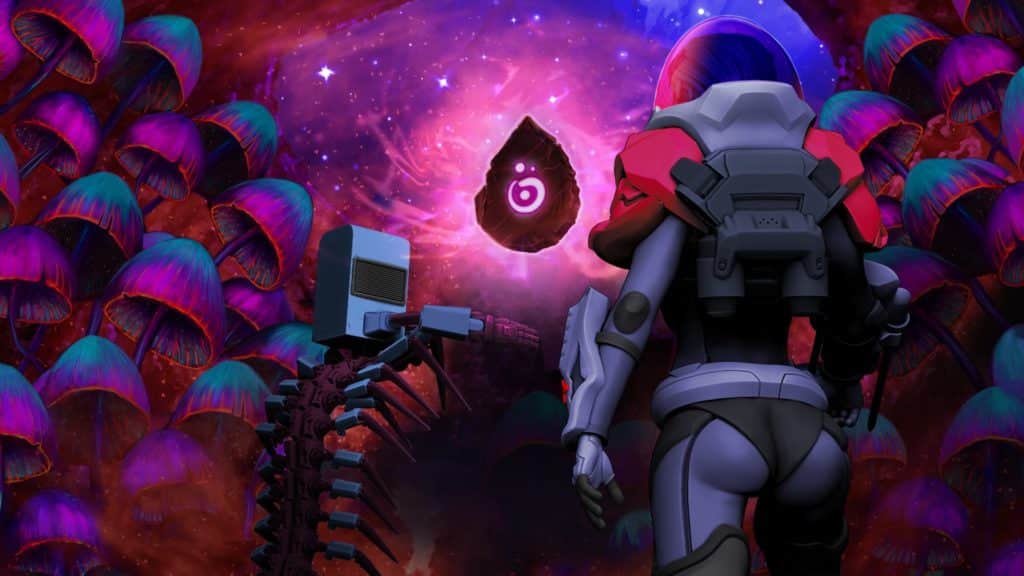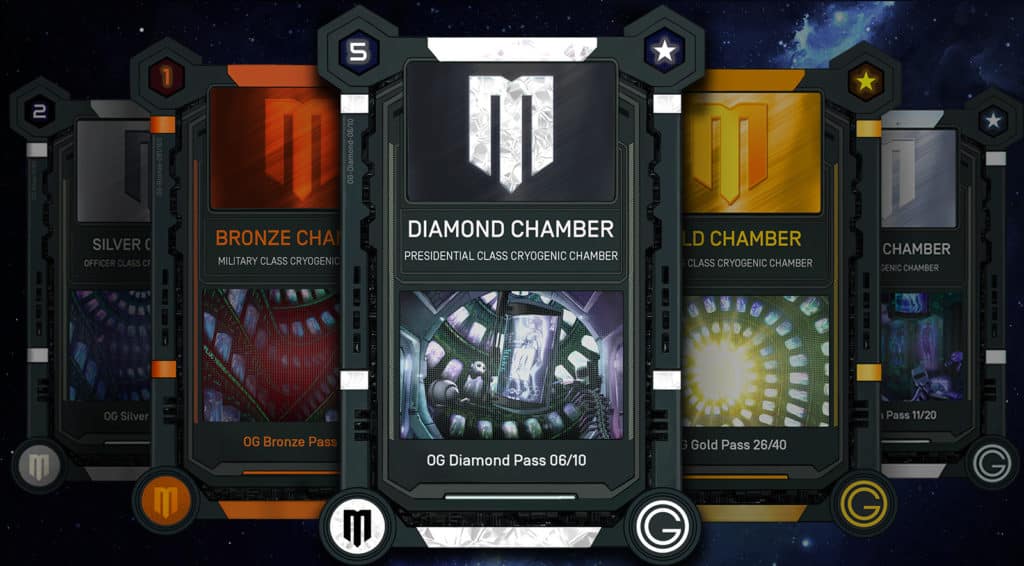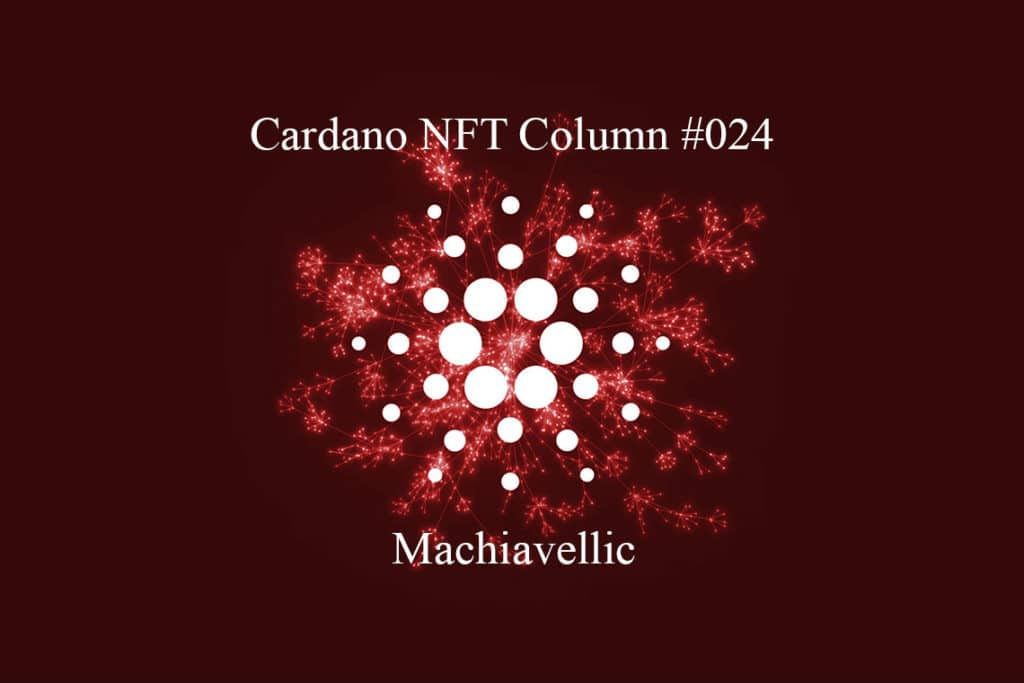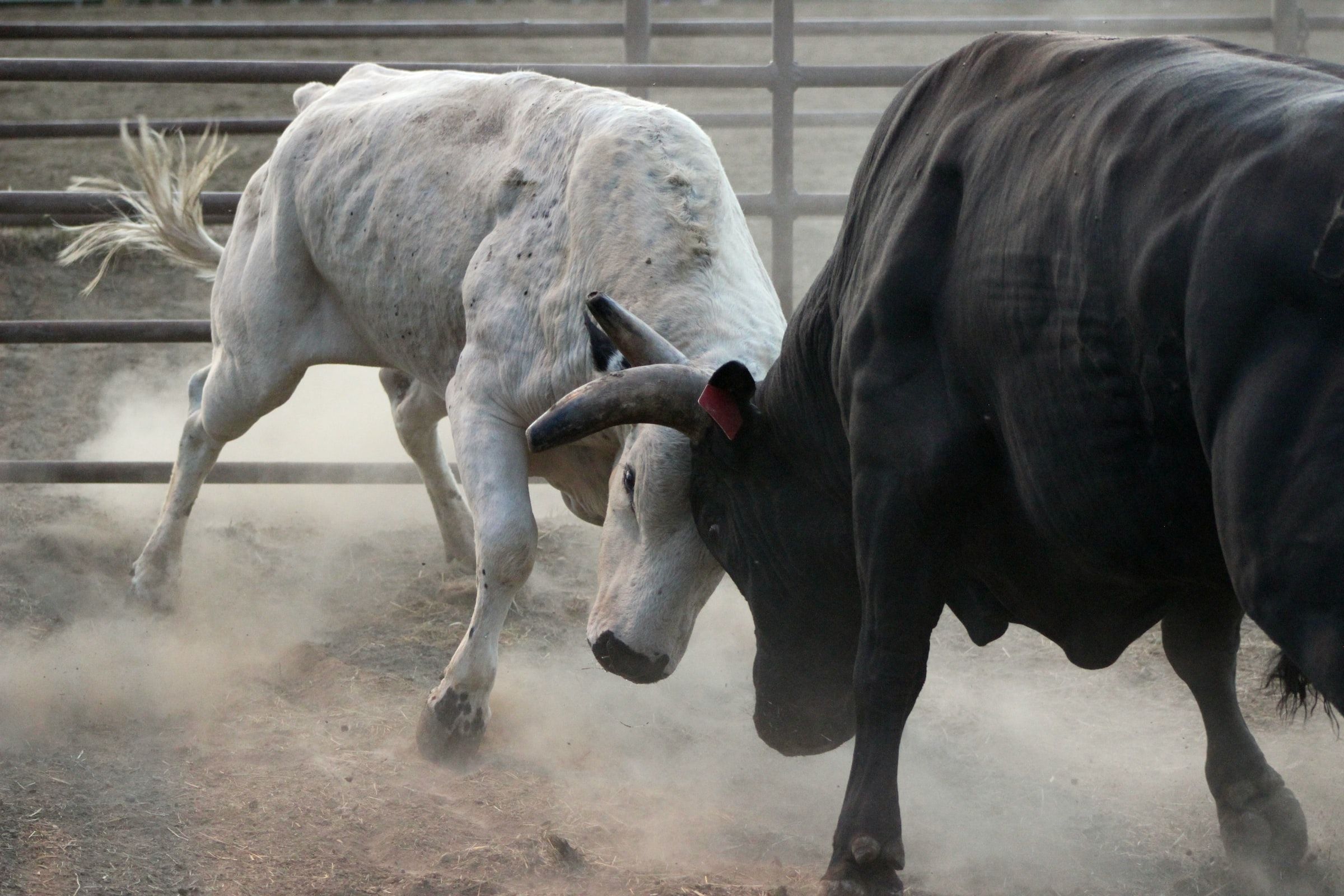This week’s guest on the Cardano NFT Column is a next generation NFT-driven play and earn dungeon crawler MMO: Machiavellic.
Last week’s guest was an anime project with most team members from Japan who have been successful in the Ethereum NFT world.
This initiative is a point of reference for NFTs on Cardano and every week or two we will invite someone to answer some questions and give us an update directly from within the Cardano community.
Considering that many of our readers are new to the crypto space, we will have a mix of simple and technical questions.
Cardano NFT project: Machiavellic

Hey, thanks for taking the time. Please introduce your team, where are you from, what are your backgrounds?
We are a diverse team from around the world, each specializing in various skills that effectively solve critical issues in a game development project like this one.
We have two senior marketing experts, two game industry veterans with over 15+ years of experience each, a Cardano specialist, an award-winning writer/director of game lore and animated films plus a 3D modeller.
What is Machiavellic? And why have you chosen the Cardano blockchain for your project?
Machiavellic is a next generation NFT-driven Play and Earn (P&E) dungeon crawler MMO, designed to solve two major problems in the gaming industry:
- A game that doesn’t rely on the growing trend of predatory gacha/loot box mechanics, or aggressive microtransactions encouraging irresponsible whaling behavior.
- A bridge for Web2 gamers to the Web3 community by abstracting the blockchain tech that powers Web3, allowing non-crypto gamers to seamlessly participate in the game.
These two pillars are ultimately what will allow Machiavellic to succeed. Many people don’t believe that blockchain or crypto is useful in gaming, and that it is a solution looking for a problem. But Machiavellic is a stark example of a game that leverages blockchain tech in a way that is critical for the game to exist.
Here’s a quick example:
When the game first starts up, you and a small team of friends are the first ever to defeat a major raid boss. The gear that you are wearing at that moment, is now immortalized on the blockchain. If ever you should sell the item, your username is affixed to this unique NFT gear. It is forever known as the gear used to beat that raid boss for the first time, and becomes part of the game’s culture and history.
While you could argue that you can do this in games now, when the game eventually shuts down, that history is lost with it. But once something is on the blockchain it outlives the project and exists with the gamers so long as they will have them.

We chose Cardano because of its incredible community and because of the exciting changes planned for the blockchain’s future. Also, its non-custodial nature allows us to protect players by allowing them to keep their assets in their own wallets if they choose, making hacks against a “traditional” central repository impossible.
Building an MMO game is very ambitious. How are you approaching this challenge and what can you share about your strategy that might attract investors?
We understand that building any game, let alone an MMO, is an ambitious project. Our approach to mitigate this risk is to create vertical slices of the overall game through smaller, less complicated and achievable mini-games that will encapsulate some of the main functionality of the overall game.
We call these mini-games Core Experiences. The first Core Experience we will release is an endless wave Tower Defense (TD) game. It will give us invaluable data on the PvE front. The different types of gear and skill sets, while not exhaustive, will vary enough to give us a good idea of how players will try to maximize their run, and if we are okay with that.
We will scale the team as the complexity of the project expands and as the Core Experiences contain more and more components of the final game. Gradually building up the team in this way allows us to transition early hires to take on mentoring roles to help get new team members up to speed and quickly streamlined into the production pipeline.
After all the Core Experiences are complete comes the final part of the development journey where we tie it all together into one seamless experience. This also sets the stage for the second most important part of this project, the idea of blockchain abstraction.
Ultimately Machiavellic is a project that aims to bridge Web2 and Web3 gamers. Anybody will be able to play this game, regardless of their experience or knowledge of crypto and the blockchain tech that powers it.
Web3 natives can still do all the things that they would expect from a blockchain game: mint their characters or gear, and transfer tokens to and from the project. Web2 natives will have a fiat onramp to allow them to buy in, and we will guide them on how to withdraw tokens to cash out if they so choose.

You mentioned that you are supporting decentralization and working with single pool operators. What’s the plan for your cooperation with them?
Part of our ethos is to encourage single pool operators to thrive. We plan to go through all the traditional routes already popular today: an ISPO for partner pools, then Machiavellic staking app that will be rewarding game NFT holders for staking with partner pools, and will be later implemented into the game.
While these are all effective means of lifting an SPO up, we will also closely integrate our partner pools into the marketing and social media strategy of Machiavellic. One example is assigning player factions to SPOs and creating engagement for these pools within our own community. This way fans of our game will be constantly exposed to these pools, encouraging them to delegate their wallets to their ambitions.
We are always open to more suggestions from our SPO partners. If it’s a reasonable plan that could benefit both parties, we are always happy to explore the idea.
Awesome, good luck! Any closing remarks? Where can people follow the development of Machiavellic?
Thank you so much for letting us speak about our project! We’d be very happy for anybody who wants to follow us to drop by our site where they can subscribe to our newsletter or join our various community channels: Website, Litepaper, Twitter, Discord and Telegram.
Disclaimer: The opinions and views of the people interviewed are their own and do not necessarily reflect those of the Cardano Foundation or IOG. Moreover, this content is for educational purposes, it doesn’t constitute financial advice.
Read More: en.cryptonomist.ch









 Bitcoin
Bitcoin  Ethereum
Ethereum  XRP
XRP  Tether
Tether  Solana
Solana  Dogecoin
Dogecoin  USDC
USDC  Cardano
Cardano  Lido Staked Ether
Lido Staked Ether  TRON
TRON  Avalanche
Avalanche  Stellar
Stellar  Sui
Sui  Wrapped stETH
Wrapped stETH  Chainlink
Chainlink  Toncoin
Toncoin  Shiba Inu
Shiba Inu  Wrapped Bitcoin
Wrapped Bitcoin  Hedera
Hedera  Content Bitcoin
Content Bitcoin  Polkadot
Polkadot  WETH
WETH  Bitcoin Cash
Bitcoin Cash  LEO Token
LEO Token  Uniswap
Uniswap  Litecoin
Litecoin  Hyperliquid
Hyperliquid  Pepe
Pepe  Bitget Token
Bitget Token  Wrapped eETH
Wrapped eETH  USDS
USDS  NEAR Protocol
NEAR Protocol  Ethena USDe
Ethena USDe  Aptos
Aptos  Internet Computer
Internet Computer  Aave
Aave  POL (ex-MATIC)
POL (ex-MATIC)  Ethereum Classic
Ethereum Classic  Render
Render  Cronos
Cronos  Virtuals Protocol
Virtuals Protocol  Mantle
Mantle  Monero
Monero  Algorand
Algorand  MANTRA
MANTRA  Bittensor
Bittensor  Dai
Dai